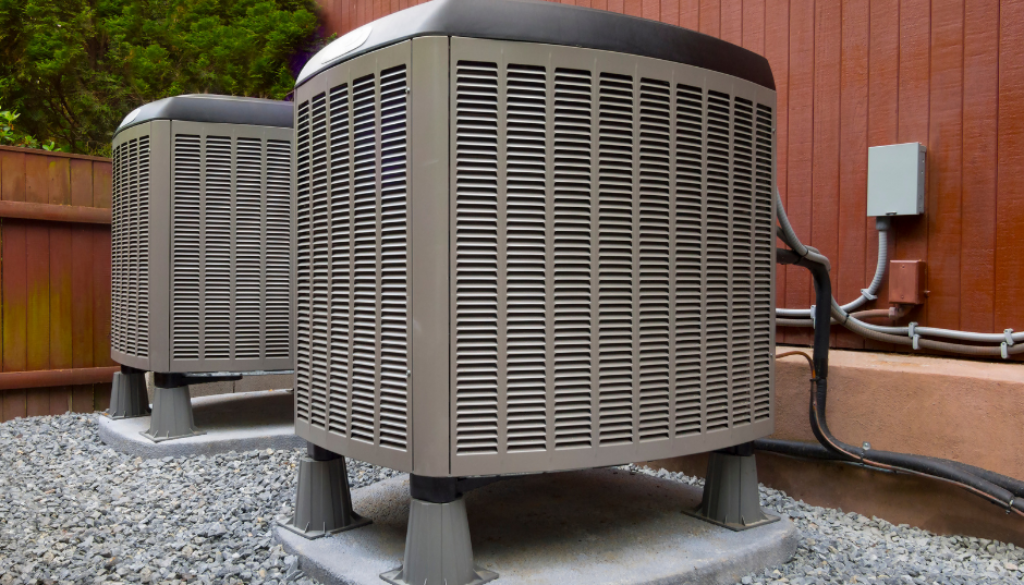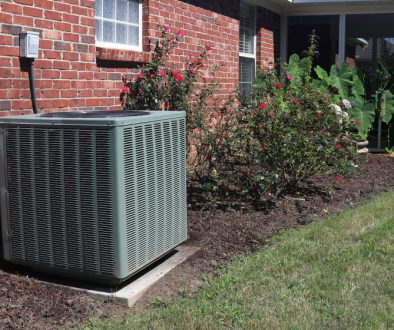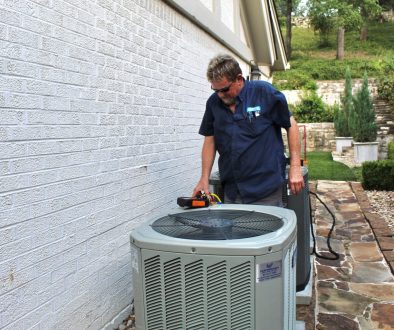The Benefits of IDEAL Planned Maintenance
The IDEAL Planned Maintenance Program keeps your heating and cooling system running optimally year-round. Many commercial and residential property owners react to problems or breakdowns. With a service agreement, you prevent problems, minimize risk, improve comfort, decrease downtime, and have a more efficient system.
Benefits of Planned Maintenance:
Maximum Efficiency
Licensed technicians inspect, clean, and fine-tune your heating and cooling system twice annually to ensure it is running at maximum efficiency.
Lessens Repair Frequency & Breakdowns
Regular maintenance will help spot repairs before they turn into costly problems. If the equipment is not properly maintained, major breakdowns can occur, which could result in system failure.
Extended HVAC Life
A system with the proper equipment and that is functioning efficiently, will last longer and save you on energy consumption. If problems are not caught or ignored, it forces the equipment to work harder and puts you at risk for a breakdown.
What is included with Ideal Planned Maintenance Program?
This agreement consists of summer and winter maintenance checks. The results and recommendations will be provided to the customer post-service.
THE COOLING MAINTENANCE CHECK WILL CONSIST OF:
- Cleaning condenser and condenser coil.
- Check for excessive vibration.
- Check high voltage contactor for pitting.
- Check condenser and blower motor bearings and lubricate if needed.
- Check operation of safety controls, and crankcase heater operation.
- Check condenser coil and evaporator coil temperature differential.
- Measure for proper current draw.
- Check system for proper refrigerant charge. (Report any visible leaks.)
- Check condensate drain.
- Check thermostat for cooling operation and temperature.
THE HEATING MAINTENANCE CHECK WILL CONSIST OF:
- Check thermostat heating operation.
- Check furnace safety controls and limits.
- Check pilot assembly and thermocouple.
- Check blower and burners.
- Check burners for efficiency.
- Check gas pressure.
- Check control wiring and terminal (fort tightness).
- Check for gas leaks within furnace.
- Check flue pipe for proper draft.
- Check total performance and operation efficiency of heating.




